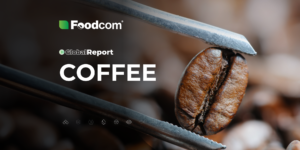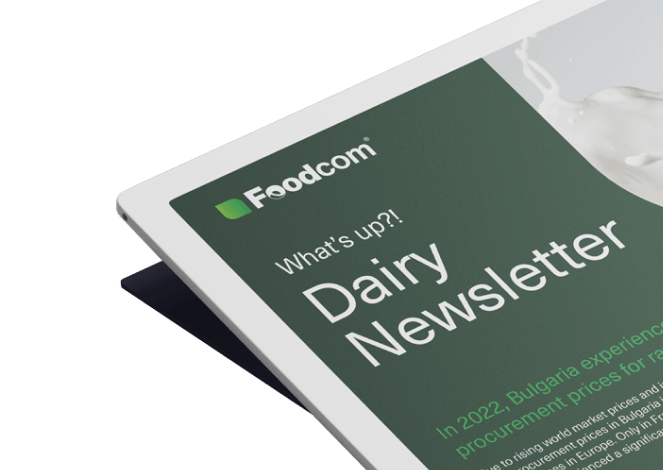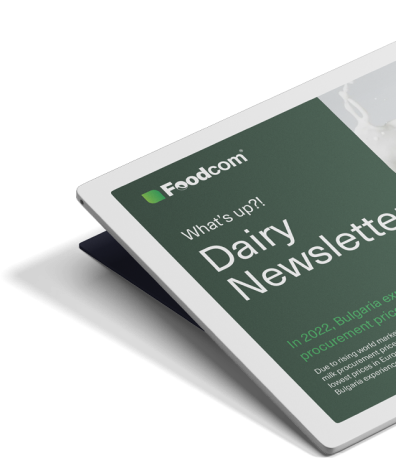- The global potato flakes market is growing steadily, driven by the development of the convenience and HoReCa sectors.
- Technological innovations, such as low-leach flakes and advanced drying methods, are improving product quality and applications.
- The APAC and MEA regions are seeing the fastest growth, while Europe is focusing on quality and transparent labelling.
- The main challenges include potato price volatility, competition from other raw materials and expectations for clean ingredients.
In recent years, potato flakes have gained a strong position as a versatile food ingredient in the global instant and convenience food market. Their versatility-from ready meals to a range of processed foods-makes them increasingly valued by manufacturers, restaurants, and private label brands. The year 2025 is a period of stable growth, innovation and growing demand for convenient, clean labels for the industry.
MARKET DYNAMICS
The global potato flakes market continues to grow steadily. Until a few years ago, mainly associated with mashed potatoes, today flakes are widely used as an ingredient in frozen foods, soups, vegetable burgers, baked goods, and ready meals.
Market value estimates for 2024 range from $3.4 billion to $7.7 billion, depending on whether only consumer products or also flakes for the processing industry are included (Future Market Insights, Maximize Market Research). Forecasts for 2025-2035 assume an average annual growth rate of 4.5-7% CAGR.
The growth is mainly driven by:
- the boom in convenience foods – especially in the HoReCa segment, frozen foods and instant meals,
- technological flexibility – flakes are used as a texture stabilizer, volume carrier and source of starch,
- convenient logistics – long shelf life and ease of packaging increase their attractiveness for export.
Modern formulas, such as low-leach flakes, which allow for better reproduction of the potato structure after rehydration, are becoming increasingly popular. Drying and packaging technologies are also developing, improving quality and reducing energy losses (Business Research Insights).
On the other hand, the market faces challenges:
- volatility of potato prices, dependent on climatic conditions and local supply,
- competition from other raw materials – e.g. powdered puree, flour or vegetable blends,
- growing expectations for transparency – especially in the context of instant products, which are sometimes perceived as less healthy.
REGIONAL ANALYSIS (2024-first half of 2025)
The growth of the global potato flakes market is driven by a variety of local factors that influence both the structure of demand and the production model. Although the directions of development are common, the pace and nature of change vary from region to region. Below we present the most important markets along with their dynamics, potential, and challenges.
North America
The American and Canadian potato flakes market accounts for approximately 48% of the global market, making it the largest region in terms of consumption and production. In the US, convenience foods and the HoReCa sector drive steady demand. A well-developed food processing industry and large production facilities support stable growth. Companies such as McCain, Lamb Weston and Aviko are introducing technological innovations and expanding their portfolios in response to both retail and industrial market needs.
Europe
In Western Europe, particularly in countries such as Germany, France, and the United Kingdom, there is a well-developed base of consumers who are conscious of product composition. Potato flakes are used here in various segments of food service, baking, and meat processing. Production is also concentrated in countries such as France (McCain, Farm Frites). The European market is characterized by moderate but stable growth, with an emphasis on low-leach and organic forms.
Asia and the Pacific
The APAC region, including primarily China and India, is recording the highest growth rates. Processed food consumption is growing in China by an average of 9% per year, and raw material security and technological support are driving purchases of potato flakes. Lucintel forecasts CAGR growth of 5.1% for the entire APAC region between 2025 and 2031, mainly due to the expansion of the food and snack industry.
Latin America
Markets such as Brazil, Mexico, and Argentina are developing steadily. Although the region’s share of the global market is only 5-7%, awareness of convenience foods is growing, and the availability of potato flakes through e-commerce and distribution networks is increasing penetration. According to reports, the region is growing at a rate of ~6% per year.
Middle East and Africa (MEA)
This region has a lower market share (approx. 4-6%) but is growing at a high rate of 5-7% per year on average. This growth is driven by the expansion of the food service sector and improving logistics and sales availability in countries such as the UAE, Saudi Arabia and South Africa.
TRENDS AND FORECASTS (2025 and beyond)
The potato flakes market is entering a phase of stable but consistent growth. More and more manufacturers and end users see potato flakes not only as a cheap industrial raw material, but also as a versatile ingredient in ready meals and functional foods. In the coming years, technological innovation, responsiveness to changing consumer needs, and the ability to adapt to raw material and logistical challenges will be key.
Convenience products will continue to be the main driver of demand. Potato flakes meet the needs of the times in terms of logistics and cost – they are easy to use, stable in the long term, and attractively priced.
Clean label and quality of ingredients are becoming the norm. Potato flakes – naturally gluten-free and often without additives – are well suited to consumer expectations in Europe, North America, and premium export markets.
Organic potato flakes are still a niche segment, but with high growth potential. Organic potato cultivation is difficult – it requires greater investment, crop rotation and natural protection – but it allows for higher margins in the baby food segment, organic private label and exports to countries with restrictive quality standards.
Technological innovations – including low-leach variants, vacuum drying, and granulation optimization – translate into better rheological properties and greater control over the final product.
The dynamic growth of the e-commerce channel is also significant. Thanks to the digitization of wholesale and retail sales, manufacturers are gaining access to new markets and customers, including in developing countries and smaller centers. Online B2B sales, in turn, allow for the optimization of supply chains and easier service for catering customers.
It is also worth paying attention to health perceptions. Although potato flakes may have a simple composition, their presence in the instant meal segment often wrongly classifies them as a processed product. Appropriate marketing communication, certification, and label transparency will therefore be key to building consumer trust.
Although the market is developing in a predictable and stable manner, companies must respond flexibly to changing production and logistics conditions. Clear communication, high quality, and adaptation to customer expectations are becoming as important as the product itself.


“At Foodcom, we see the greatest demand for potato flakes currently coming from Italy, mainly from producers of gnocchi and other potato-based products. We are also increasingly shipping organic versions and enriched products – for example, with the addition of turmeric, which gives them a characteristic color. Interestingly, until recently we worked exclusively with raw materials from the EU, but today, due to fluctuations in availability and prices, we are expanding our sourcing to Eastern Europe. This market is evolving rapidly, and flexibility in logistics and the ability to quickly adapt recipes to local needs are proving to be key.”
Global reports by Foodcom S.A.
Are you curious about the future of potato flakes? Discover the latest trends and insights that will shape the last months of 2025. Visit our blog, as we regularly update our global reports. Stay up to date with Foodcom S.A.
![Overview of the potato flakes market in 2025 [Global Report] Overview of the potato flakes market in 2025 [Global Report]](https://foodcom.pl/wp-content/uploads/2025/07/Global-Report-szablon-pod-bloga-ppotato-1520x760.png)
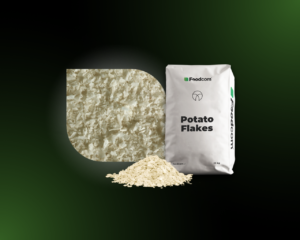
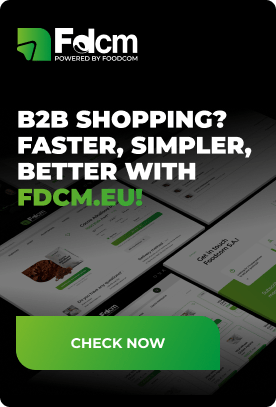
![Przegląd rynku laktozy w 2024 [Global Report] Przegląd rynku laktozy w 2024 [Global Report]](https://foodcom.pl/wp-content/uploads/2024/12/creatine-na-bloga-300x150.png)
![Przegląd rynku masła kakaowego w 2025 [Global Report] Przegląd rynku masła kakaowego w 2025 [Global Report]](https://foodcom.pl/wp-content/uploads/2025/02/przeglad-rynku-masla-kakaowego-w-2025-300x150.png)
